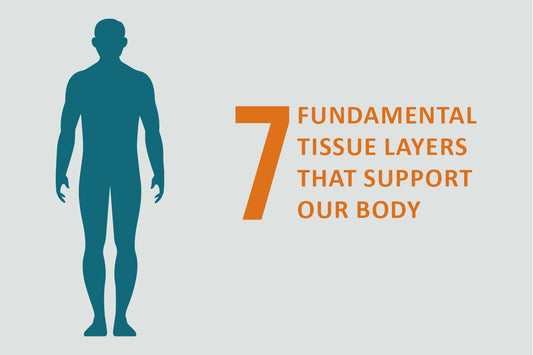Guided visualization meditation is a powerful technique that combines relaxation practices with mental imagery. It helps ease tension in your body and supports a calm state of mind. Often referred to as guided imagery, this method encourages you to close your eyes, take deep breaths, and focus on positive visualizations. Practicing guided imagery has been linked to supporting mental clarity and emotional balance, making it a valuable addition to daily life.
What Is Guided Visualization Meditation?
Guided visualization meditation is a type of guided meditation that involves imagining peaceful scenes, positive outcomes, or soothing experiences. This method encourages the mind-body connection, helping you achieve relaxation and mental focus.
During a guided visualization session, an instructor — or an audio recording — leads you step by step through a calming narrative. You may be guided to imagine yourself in a serene environment such as a beach, forest, or garden. The goal is to engage your senses and allow your mind to connect with the feelings that the visualization evokes.
How Does Guided Visualization Meditation Work?
The practice typically follows these simple steps:
- Find a Quiet Space: Choose a calm, comfortable environment where you won't be disturbed.
- Close Your Eyes and Breathe Deeply: Deep breaths help relax your body and quiet your mind.
- Follow the Guide: Whether you’re listening to an instructor or an audio track, allow their words to shape the scene in your mind.
- Engage Your Senses: Picture the surroundings in detail — the sights, sounds, and even smells.
- Focus on Positive Feelings: As the imagery unfolds, connect with the sense of peace and calm the visualization creates.
- Return Gently: After the guided session, slowly bring your attention back to the present moment and open your eyes.
Benefits of Guided Visualization Meditation
Research suggests that guided imagery is a relaxation technique that can support overall well-being. By encouraging a calm mental state, this practice may help ease stress and discomforts linked to various health issues. Here are some key ways guided visualization can help:
- Emotional Balance: Practicing guided imagery may help maintain a sense of calm, especially during challenging times.
- Mind-Body Connection: This meditation method encourages awareness of your body, helping you release built-up tension.
- Daily Life Focus: Guided visualization can help ease racing thoughts, allowing you to feel more centered throughout your day.
- Restorative Practice: Regular guided imagery may help restore a sense of calm after moments of heightened stress or mental fatigue.
Integrating Guided Visualization Meditation into Your Routine
Incorporating guided visualization meditation into your daily life can be simple and effective. Consider the following tips:
- Start Small: Begin with brief sessions lasting 5–10 minutes, then gradually extend the duration as you become comfortable.
- Set a Regular Time: Practicing at the same time each day can help establish a consistent routine.
- Use Audio Resources: Guided meditation apps, podcasts, or recorded sessions are great tools for beginners.
- Combine with Breathing Exercises: Deep breathing enhances relaxation during guided visualization.
- Create a Comfortable Space: Designate a calm area in your home where you can practice undisturbed.
Guided Visualization Meditation for Specific Situations
This form of meditation can be adapted to suit various needs. For example:
- Before Sleep: Visualizing a peaceful scene can help ease the mind and prepare the body for rest.
- During Breaks: Short visualization sessions can help refresh your focus during a busy day.
- In Stressful Moments: Imagining a relaxing environment can help ease tension when emotions run high.
Conclusion
Guided visualization meditation is a simple yet effective way to help maintain mental clarity, restore calm, and support your overall well-being. By closing your eyes, taking deep breaths, and practicing guided imagery regularly, you can experience a positive shift in both your mind and body. As a gentle relaxation technique, guided visualization is a valuable tool for bringing balance and peace into your daily life.






